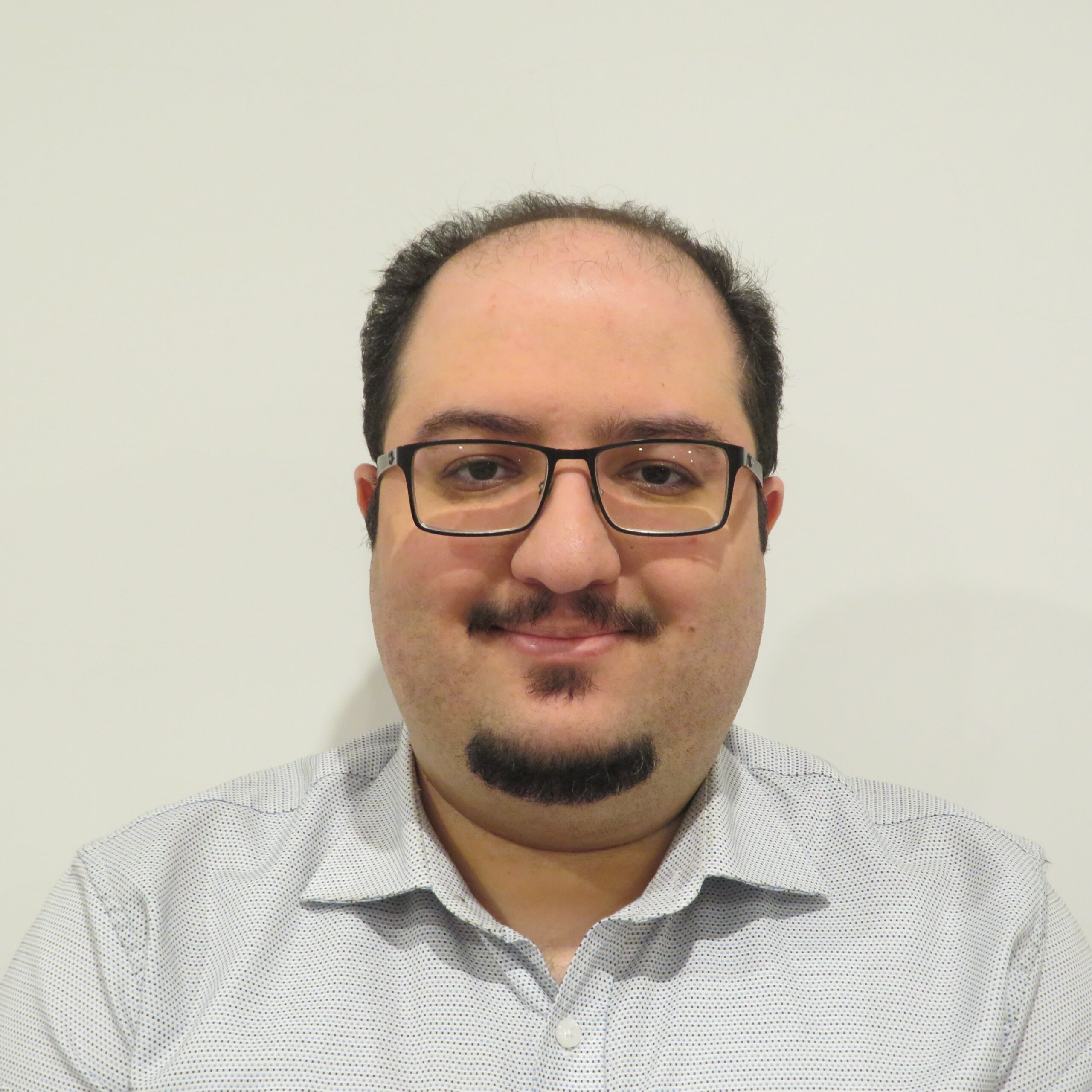Bio
Siavash Khaksar is a lecturer at the School of Electrical Engineering, Computing and Mathematical Sciences at Curtin University and is currently undertaking post-graduate research (PhD Candidate) focusing on assistive technology. He specialises in embedded systems and digital hardware-software co-design.
Abstract
A framework for gamification of remote wrist rehabilitation exercises utilising non-invasive sensors
After a soft tissue injury or surgery, patients often experience reduced muscle strength, flexibility, and pain in the affected area. This can create difficulties for them to perform simple daily activities such as eating, showering and employment activities. Engaging in rehabilitation exercises should help patients alleviate their symptoms and return to regular capabilities as well as sports and other recreational activities. Rehabilitation exercises need to be performed under a doctor’s or physiotherapist’s supervision to ensure it is safe and effective. However, the majority of people cannot attend local clinics regularly, and when the exercises are done at home, the supervisor cannot monitor the joint movements, the consistency of the exercise, or the strength requirements needed for the full rehabilitation. Additionally, frustration and losing motivation due to its repetitive nature and no clear goals are elements that make rehabilitation less effective.
This presentation provides and overview of a gamification framework starting with wrist and finger rehabilitation that provides the ability for the physician to establish and set a rehabilitation strategy and goals. The patient then is provided with Inertial Measuring Unit (IMU) to accurately measure and record patient’s joint movement and reports the patients progress to ensure the consistency of the exercises. On top of this system is the incorporation of gamification that utilises the characteristics of game design to provide entertaining and interactive rehabilitation sessions. This implementation is followed by rewarding the user as a means of increasing patient motivation, engagement and even enjoyment, all of which are important in long-term rehabilitation processes.


